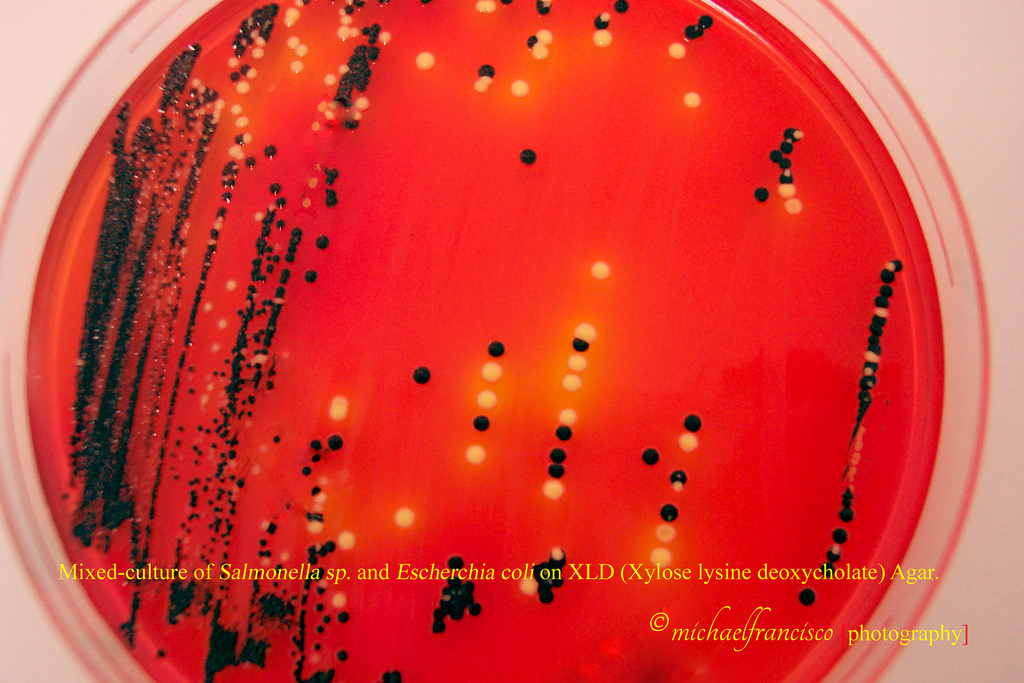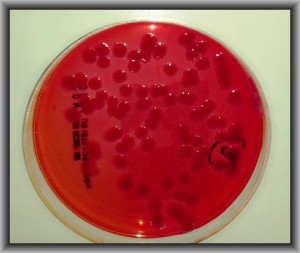
Water utilities fight a battle to keep your water safe. Water safety has been credited for adding 25 years to the average life expectancy in the USA over the last 100 years. Medical advances have only added 5 years. Part of that safety is simply the disinfection of water being delivered to consumers, one that has become so commonplace we do not think about what could happen or might have happened had the utilities not been vigilant. Filters, disinfectants, flushing programs, deposit control in pipes, are all part of that effort. However, utilities are tasked to remain vigilant in their treatment because unknown and uncontrollable events can great change that, often with little warning.
Assuming water coming into your home or facility has enough residual disinfectant to adequately protect you when it arrives is not a guarantee. Water systems degrade and operational changes get made. Water sources that have been stable for decades can change with a single storm, a drought or the degradation of the pipes, such as a water main break. The world of water has simply changed and as our buried water systems age, and we as a nation age, assuming that all is well can be devastating. Consequently, when water isn’t predictably safe because of these unknown factors, or when the equipment that comes into contact with water it isn’t properly sanitized, the water delivered may contain dangerous pathogenic bacteria capable of causing illness. Some of these are water-based, existing only in water; others can be contacted in other ways, but are also water-borne, capable of being spread through the public water supplies. One water-based bacteria, legionella pneumophila, alone kills more people in the US every year than all food borne illness together.
Among the best known “bad actors”, those that make the headlines because outbreaks can affect entire communities, are , Campylobacter jejuni, Cryptosporidium, E. coli, Giardia, Hepatitis A, Legionella pneumophila, and Salmonella, Below is an overview of each of these and the effect on you as a consumer:
Campylobacter Jejuni
Infection with Campylobacter jejuni causes an infection known as campylobacteriosis. Symptoms of this illness include cramps, diarrhea, fever and pain. These bacteria may be present in water, as well as in unpasteurized milk or chicken. Symptoms of infection appear two to 10 days after exposure.
Escherichia Coli

Camera 360
Infections with E. coli bacteria cause fever, vomiting, nausea, abdominal pain and diarrhea. If a person drinks water contaminated with E. coli, symptoms will typically appear within one to eight days.
Giardia Lamblia
This parasite causes giardiasis, an infection that presents with intestinal symptoms such as nausea, cramps, gas and diarrhea. Giardia lamblia is most commonly found in recreational water. The incubation period for giardiasis is approximately one to two weeks.
Hepatitis A
The Hepatitis A virus causes a serious infection that leads to jaundice, dark urine, nausea, stomach pain, fatigue and fever. This illness has a relatively long incubation period, with symptoms appearing 28 days after exposure. Hepatitis A may be present in water, as well as certain foods.
Legionella Pneumophila
Legionella pneumophila is a type of bacteria that causes a serious infection known as legionellosis, or Legionnaires’ disease. According to the National Institutes of Health, this disease is contracted when a susceptible person inhales mist that contains the bacteria. Common sources of infection include showers, hot tubs and air conditioning units. Symptoms of legionellosis include high fever, shortness of breath, muscle aches and cough. Legionellosis often requires hospitalization and my result in death.
Salmonella
Salmonella is a well-known bacterium that causes chills, diarrhea, fever, headache, nausea and pain. Symptoms appear one to three days after exposure to contaminated food or water.
Managing Waterborne Pathogens
Because all of the pathogens that can come through public water supplies, often in small amounts that can grow into large coloines when in the right conditions, all water must be effectively treated in order to remove them. In addition to treating the water itself, managers of water supplies must also keep their infrastructure clean and free of biofilms, groupings of microorganisms that have adhered to one another and/or a surface. These biofilms grow on any surface that water touches and harbor any and all microbes that that become part of the community. Biofilms, as a microbial community, work together to protect themselves from disinfection, so any presence of biofilm presents a danger. Furthermore, according to the World Health Organization, the minimum standards used to treat and distribute drinking water to the general public are not strict enough for the treatment and management of water utilized in healthcare settings. Patients exposed to water in healthcare settings often have compromised immune systems, which means that they may contract illnesses from pathogens that are unlikely to infect healthier people. Thus, you need to confirm that your facility personnel has a treatment plan to ensure that all pathogens are eliminated from your facility’s water distribution system. View Download
Photo credit: MichaelFrancisco / Foter / CC BY
Photo credit: Iqbal Osman1 / Foter / CC BY

